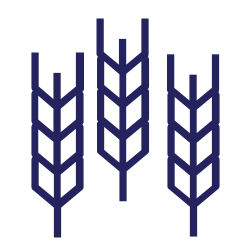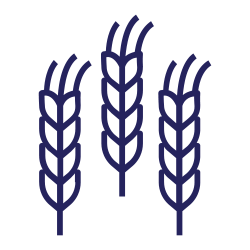Determination of free Asparagine, a precursor to Acrylamide in Western Canadian Wheat
Crop Types
- Wheat
Collaborating Locations
University of ManitobaBackground
By evaluating the response of Canadian wheats grown in Western Canada to specific nitrogen and sulfur agronomic management strategies, western Canadian producers will be able to demonstrate that they are utilizing best management practices to reduce creation of the acrylamide precursor.
By targeting the genetic precursors of acrylamide through breeding programs, Canada’s wheat industry will demonstrate serious intent to reduce food safety risks in its domestic and export supply.
Objectives
- Determine the effects of variety and nutrient availability on the acrylamide-forming potential of Canadian wheat;
- Ascertain whether addressing this food safety focus will have unintended consequences on breadmaking quality;
- Understand the genetic basis for the development of free asparagine in wheat and to address it proactively by identifying wheat cultivars with low asparagine potential.
Key Findings
Growing wheat varieties in suitable environments, along with the selection of wheat varieties with lower potential for free asparagine formation, are the most effective strategies to control free asparagine levels in Canadian wheat.


















